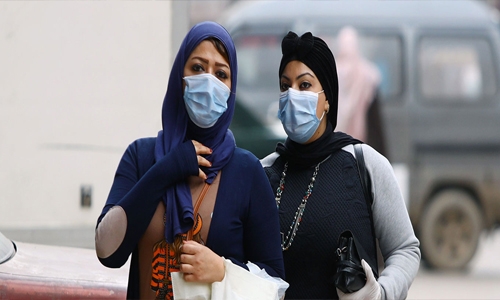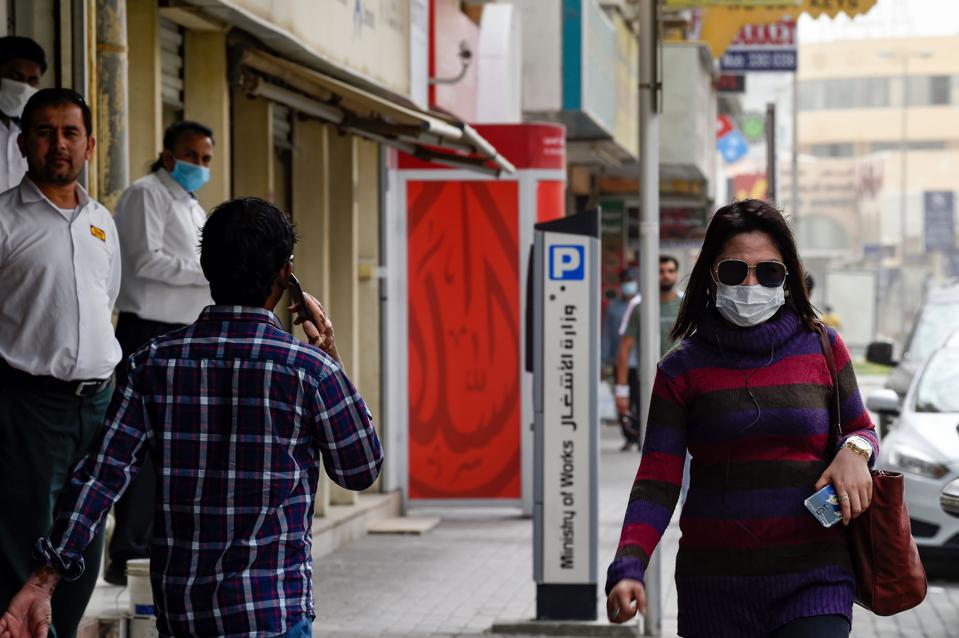Contact tracing powerful public health tool: Bahrain
TDT | Manama
The Daily Tribune – www.newsofbahrain.com
We have heard about contact tracing being done during this time of coronavirus (Covid-19) pandemic. What is contact tracing? How does it work? How can it help combat the spread of Covid-19? Seemingly simple, contact tracing is the process of identifying all people that a Covid-19 patient has come in contact with in the last two weeks. These individuals are called contacts.
It is also the process of identifying and calling people with Covid-19 and getting information about symptoms.
When systematically applied, contact tracing can be a powerful and essential public health tool to help slow the spread of the virus, control the infectious disease outbreak, and reduce deaths.
Once contacts are identified, public health workers notify them of a potential exposure, and work with them to help prevent further spread of the disease. This typically involves a period of self-isolation.
In the past, contact tracing has been used to help contain outbreaks of SARS and Ebola. It is also routinely used to control infectious diseases such as tuberculosis and sexually transmitted infections (STIs).
During the Covid-19 pandemic, contact tracing has also seen success in helping to contain outbreaks in many countries.
However, the biggest challenge with contact tracing is getting people to seriously cooperate with public health workers and accurately report symptoms.
In communities using contact tracing, clinics, laboratories and hospitals send the names of people who have recently been diagnosed with Covid-19 to their local health department.
The health department asks each person with Covid-19 about people with whom they’ve recently had close contact. Health department officials then quickly – usually within 24 hours – alert people who are close contacts that they may have been exposed to the Covid-19 virus.
Officials do not share the name of the person who may have exposed them. This makes the contact tracing process anonymous and confidential. The sooner health officials can alert close contacts, the lower the risk of the Covid-19 virus spreading further. The problem is, not all health departments have enough staff to do con- tact tracing. Some areas are researching and experimenting with contact tracing apps that can be used. They also research how they can maintain and protect the privacy of individuals who use the apps.
The hope is these apps can make it faster and easier to find and notify people who has been exposed to the Covid-19 virus.
For Covid-19 contact tracing, a close contact is someone who’s been within six feet or two metres of a person with Covid-19 within two days of the person’s diagnosis.
Close contacts can include family, friends, co-workers and health care providers.
The health department evaluates close contacts and asks them about symptoms. Health department staff members request that close contacts be tested for the virus that causes Covid-19.
They generally give close contacts several instructions. These steps can help close contacts reduce the risk of unknowingly spreading the Covid-19 virus to others.
There is still so much to learn about contact tracing in the age of Covid-19.
Related Posts


